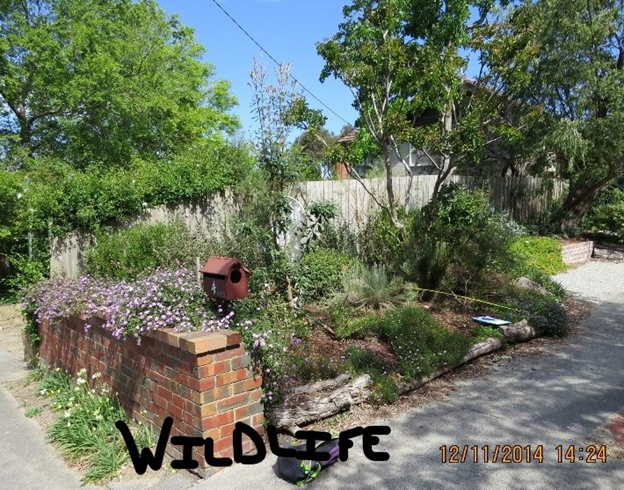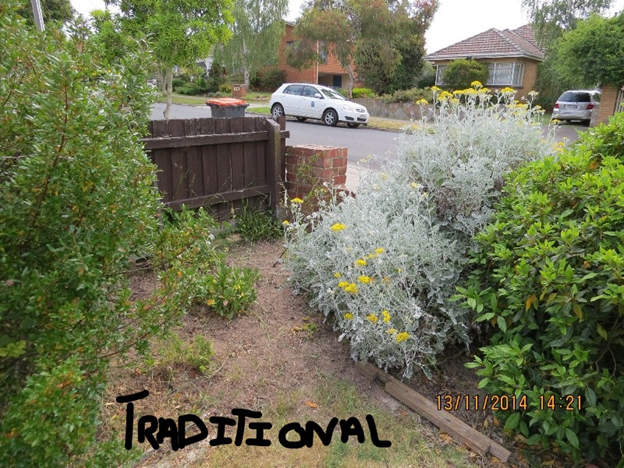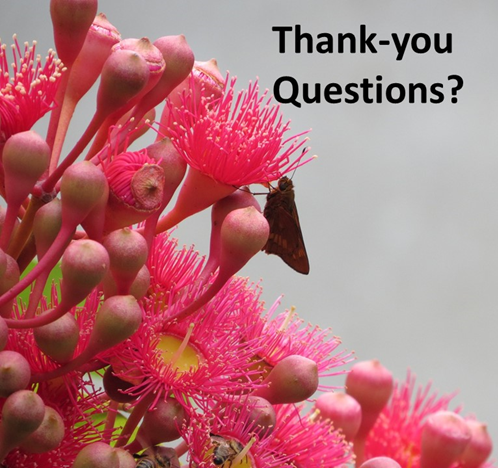We looked at the quality of SE Melbourne’s urban matrix for 🦋 along an impervious surface cover gradient.
We counted nectar producing flowers, larval host plants, tree cover, & mapped remnant vegetation. Also assessed value of a local wildlife gardening program.

Detected 25% of regional 🦋 species; huge 📉when >27% impervious surface cover
🌺 abundance had positive impact on B abundance, but were mostly non-native flowers
Remnant veg and Tree cover had small positive effect on 🦋 richness
Kurylo et al202X @ESAApplications

F richness and abundance same between wildlife & traditional gardens, but more native F in wildlife gardens
No difference in B richness, abundance, or community either
Gardens were in areas with 30-50% impervious cover


Urbanisation has had a X effect on matrix quality for B in Melbourne, and in turn a X effect on the B community.
Floral resources, tree cover, & availability of larval host plants/remnant vegetation help soften the impact, but landscape context is also important

Larval host richness & %cover 📉 with 📈 impervious surface cover
Their richness had a discernable positive impact on 🦋 richness and abundance, but their %cover only had small positive impact on B abundance
No difference in 🦋 richness, abundance, or community either
Gardens were in areas with 30-50% impervious cover


